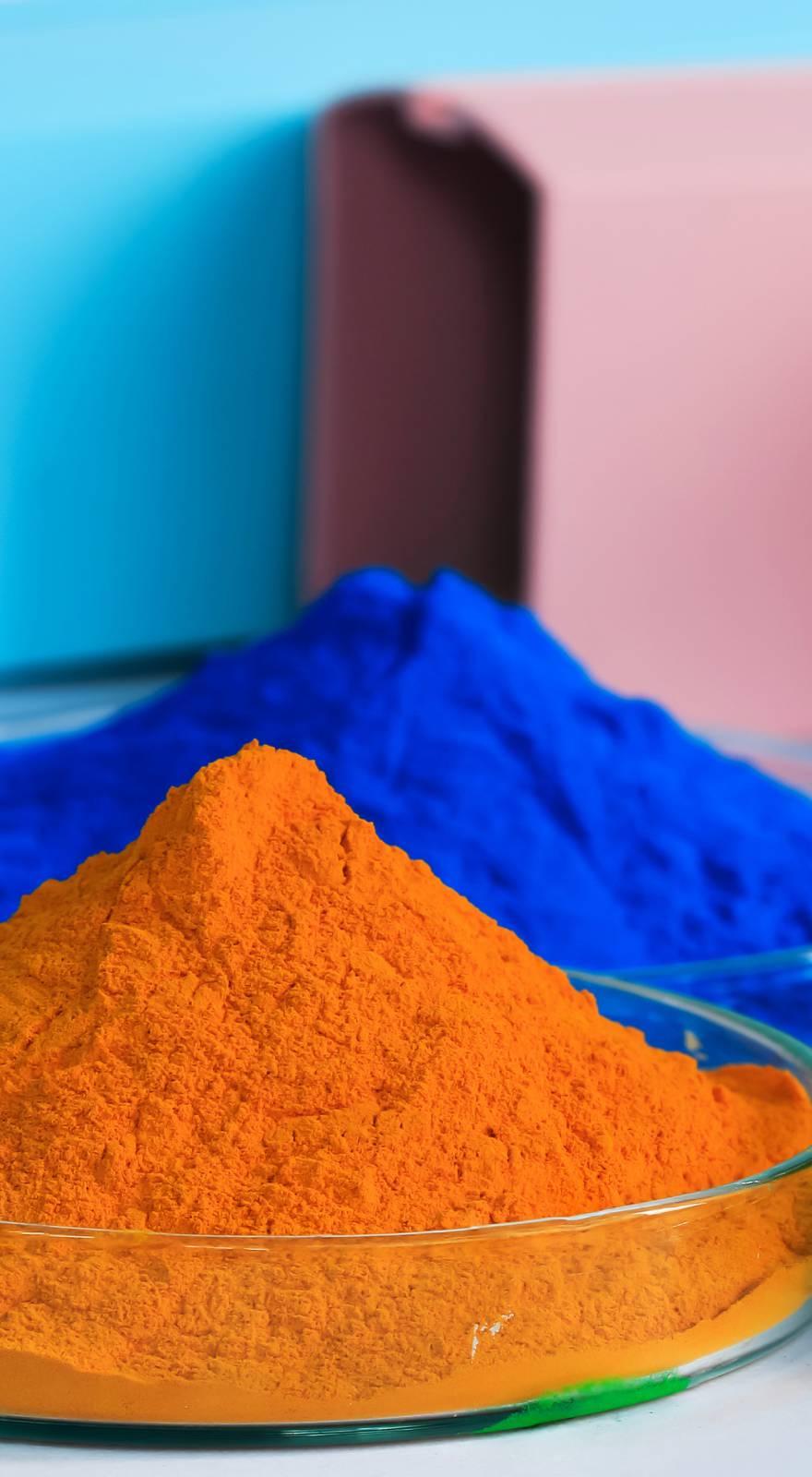Knowde Enhanced TDS
Identification & Functionality
- Product Type
- Technologies
- Product Families
- Composition
A mixture of organic polymers and resins dissolved in an organic solvent system.
Features & Benefits
- Ready-to-Use Product Features
Applications & Uses
- Markets
- Application Method
- Diluents
Toluene, glycol ether solvents, isopropanol
- Metal Surface Preparation
To ensure consistent bonding results, metal surfaces must be thoroughly cleaned prior to application of the adhesive. Protective oils, cutting oils, greases, etc. are removed by solvent degreasing or alkaline cleaning. Rust, scale or tightly adherent oxide coatings are removed by suitable mechanical or chemical cleaning methods. Grit blasting is the most widely used method of mechanical cleaning, but machining, grinding or wire brushing may be used. Steel grit is used for blast cleaning of steel, cast iron or other ferrous metals. Aluminum oxide, sand or other non-ferrous grit is used for blast cleaning of stainless steel, aluminum, brass, zinc, or other non-ferrous metals. Chemical cleaning or pretreatment of the metal will remove rust, scale or tightly adherent oxide coating. Chemical treatments are readily adapted to automated metal treatment and adhesive application lines. Chemical treatments are also used on metal parts that would be distorted by blast cleaning or in cases where tight size tolerances must be maintained. Phosphatizing is a commonly used chemical treatment for steel, while chromate conversion coating is commonly used for aluminum.
- Application
PRIMER 1002 is a solution; agitation is required prior to use within a one hour period. PRIMER 1002 may be applied to the cleaned substrate by brushing, dipping, spraying, roller coating, or any other method that gives uniform coating and avoids excessive runs or tears. Proper dilution for the various application methods is best achieved by experience. PRIMER 1002 is normally used full strength for brush, dip and roller application. For spray application, dilution of 50 to 100 percent by volume is suggested using (1) a 1:1 solvent blend (by volume) of isopropanol and toluene, or (2) glycol ether type solvents. The dry film thickness should be in the range of 0.5 to 1 mil for best results. PRIMER 1002 dries to a clear, soft, non-tacky film in a short time, but at least 30 minutes drying at 77 Deg F should be allowed for complete solvent evaporation prior to the bonding operation. ADH 1001 should then be applied over the DRY PRIMER 1002 film in accordance with the ADH 1001 Technical Bulletin.
Properties
- Specifications
- Note
* Data is typical and not to be used for specification purposes.
| Value | Units | Test Method / Conditions | |
| Viscosity (77°F) | 750 - 1050 | cps | — |
| Nonvolatile Content Weight | 18 - 21 | % | — |
| Nonvolatile Content Volume * | 0.165 | — | — |
| Coverage * (One Dry Mil) | 265.0 | sq. ft./gallon | — |
| Weight/Gallon | 7.9 - 8.3 | lbs. | — |
| Flash Point (Pensky-Martens Closed Cup) | 36.0 | °F | — |
Storage & Handling
- Shelf Life
Shelf Life from date of shipment, unopened container, 70 - 80 Deg F storage: 6 Months

